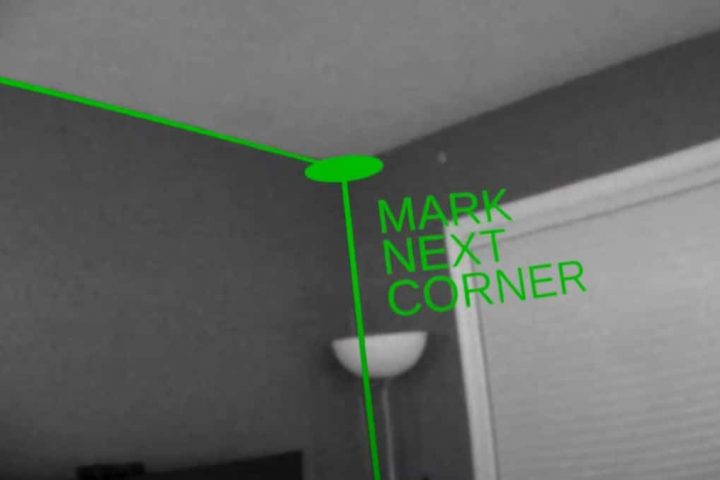
OPINION:
Wearables have become an established category over the past few years, but the subcategory of LTE wearables is still tiny and fragile. Unfortunately, cellular providers are treating LTE wearables like tablets, as if they’re similarly capable of gobbling data at phone-like rates. To encourage adoption, carriers should treat wearables as what they are — trivial additions to their networks — and stop charging unnecessarily high fees for data services.
In 2013, wearables were projected to hit $19 billion in annual sales by 2018, a milestone they crossed a year early. The category grows in popularity each year. Only a small fraction of these sales, however, are wearables with cellular capabilities — specifically, smartwatches that can make calls and use LTE data services on their own.
There are so few LTE wearables because the technology isn’t ready for prime time: The LTE Apple Watch only has enough power for one hour of cellular calls, while the larger Samsung Gear S3 promises only three hours. Small, low-resolution screens and simple input interfaces guarantee that even top smartwatches won’t demand heavy loads of LTE data anytime soon, and they can’t serve as hotspots for larger devices, either. So at best, LTE watches remain highly limited sidekicks to cell phones; no one buys one without a smartphone to use for most purposes.
All things considered, the various carrier service fees are simply hard to justify.
What do LTE wearables currently cost per month?
U.S. carriers currently charge at least $10 per month to add an LTE wearable onto your existing cellular plan, or $120 per year. As first noted by MacRumors, however, Verizon adds additional “regulatory” surcharges that bring their charges up to $15 per month, or $180 per year. AT&T’s surcharges are lower than that, but higher than T-Mobile’s flat, no-extra-fees $10 rate.
That’s not all you have to pay for LTE access. AT&T and Verizon both charge a $25 activation fee for wearables; Sprint’s fee is $30. You get charged the first time you start using your wearable on the network, then have to pay a reactivation fee if you decide to stop monthly service and restart it later. Users who think they can bring their LTE watches on and off the cellular network will wind up with an expensive surprise.
What should LTE wearables cost per month?
The short answer? $5 or less. A monthly tablet plan with 1GB of data costs around $10, and the perceived monthly value of a wearable is lower.
It goes without saying that cellular service plans for devices have certain “reasonable” price points: hit them and people will sign up, miss them and people will hold off. Different types of devices have different reasonable service prices — the higher the perceived value, the higher the price could be.
Recognizing the potential of smartphones to one day dominate the cellular business, Apple required AT&T to offer customers a reasonably priced unlimited data plan for the original iPhone: Just like Danger’s Sidekicks, the iPhone’s data plans added $20 per month to any voice calling plan. Once both iPhones and faster data service became ubiquitous, carriers increased their data prices.
It’s hard to justify either the activation or recurring fees for wearables. Previously, “activation” required giving a customer a SIM card, paying a customer service agent to assist with the SIM installation/setup process, and manually provisioning a cellular account. But the latest LTE watches have built-in eSIMs and can be added to an existing phone plan in seconds by the customer, straight from the phone or watch screen. What is a $25-$30 watch activation fee really buying?
Recurring charges for LTE accessories should be commensurate with the value they provide. Carriers offer $10 LTE tablet data add-ons for devices that strain cellular networks more than watches — and do a lot more. Paying an extra $10 per month to receive the occasional phone call or text message on a smartwatch just doesn’t feel reasonable, given that wearables register such minor ticks on the cellular data meter.
That said, the cellular price you already pay monthly will dictate the perceived extra value of sharing your phone’s existing services with a watch. Do you already pay for tethering? Have you added a tablet to your mobile plan? You might reasonably feel like adding a modestly useful wearable to your existing services should be free. Others might be OK with a recurring $5 monthly charge, or a one-time charge in the $50 range. Polling the minuscule base of existing LTE wearable customers — uber-vanguard early adopters willing to purchase the craziest of products — won’t yield an accurate number for what everyone else would find appealing or reasonable.
A smarter solution for LTE smartwatches
Smartphones were supposed to save us from the inscrutability of dumb phones. They succeeded — arguably too much for society’s own good. Then Bluetooth and Wi-Fi smartwatches were pitched to free us from the addictiveness of smartphones. So far, that hasn’t happened. Today’s wearables provide just enough voice and data access to let you interrupt smartphone sessions… so long as your phone is somewhere nearby.
LTE smartwatches are meant to really let people walk away from their phones. Used by themselves, current LTE watches could theoretically store a map of your 100-mile bike route, track your progress during the ride with GPS, and let you call someone for an emergency rescue along the way. But due to battery limitations, you probably won’t have enough juice to make a call from the hospital that night, unless you carry a charger or spare battery around. At that point, you would have been better off just carrying your phone, defeating the watch’s purpose.
Until wearables begin to demand phone- or tablet-level data, cellular companies should treat smartwatches as what they are — minor accessories — and cut their monthly fees to $5, perhaps discounted to $50 annually if prepaid. This will encourage adoption of LTE wearable technology, which otherwise could struggle to become as ubiquitous as smartphones are today. With the right pricing and performance, LTE wearables could actually surpass phones by becoming necessities for huge numbers of young kids and seniors. That day’s not near, but proper pricing will bring it a lot closer to reality.
Source: Unjustifiable carrier fees will stifle LTE smartwatch adoption



